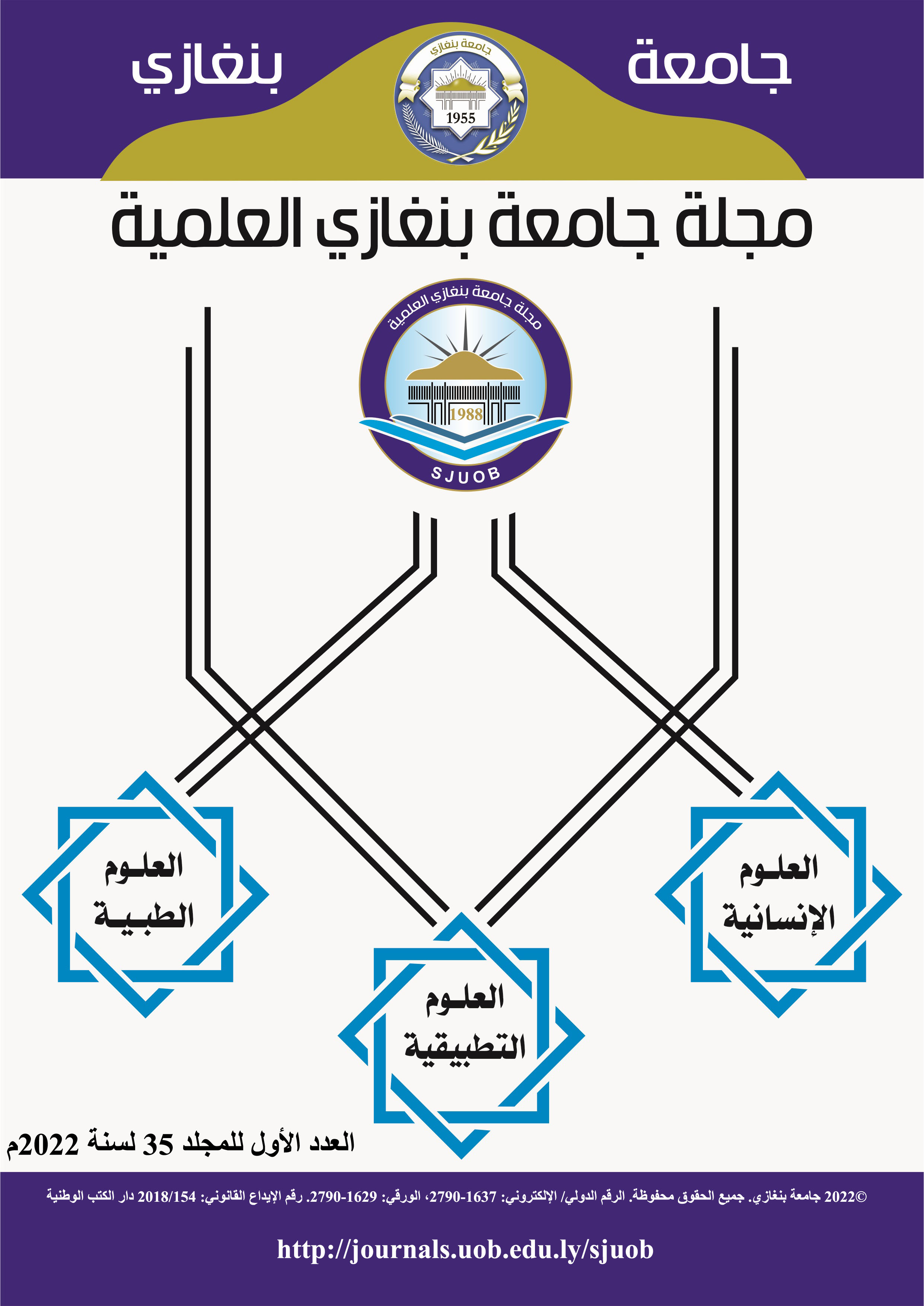الدراسة الشكلية للهيكل المحوري لجرذ مزارع جردينة
DOI:
https://doi.org/10.37376/sjuob.v35i1.3254Keywords:
jardina roof rat, skull, vertebrae, ribs and sternum.Abstract
The morphological study of the axial skeleton of the Jardina roof rat has revealed that it has distinguished bones. The skull has an anterior pointed region; this is due to the extension of the bones like the premaxilla, maxilla and nasal that constituted the rostrum. Add to that the extension of the dental bone from the lower jaw anteriorly. Dorso-posteriorly the skull has a wide area in the paired parietal bones that covers the brain. The orbit skeleton that protects the eyes lacks the postero-orbital bone and this makes it connected with the temporal fossa. The bulla bones of both sides were more prominent from the surrounding otic bones. The protruded upper and lower incisors were based on the premaxilla and the front dental bones respectively, however, the canines and premolars were absent. The horizontal bone of the jugal extended beside the orbit and articulated anteriorly with the maxilla and posteriorly with the squamosal. The palatine bone forms the roof of the oral cavity and the floor of the nasopharynx cavity.
The vertebral column of the rat consisted of five types of vertebrae starting with seven cervicals and followed by thoracics, lumbars, fused sacrals and several numbers of caudals respectively. The thoracic cage consists of thirteen ribs; the first seven of which were connected directly to the sternum. The sternum consists of nine sternebrae with a wide anterior end and an extended posterior end. The heads of the sternebrae are the sites of connecting the cartilage ribs.
Downloads
Downloads
Published
How to Cite
Issue
Section
License
Copyright (c) 2022 The Scientific Journal of University of Benghazi

This work is licensed under a Creative Commons Attribution-NonCommercial-NoDerivatives 4.0 International License.



















